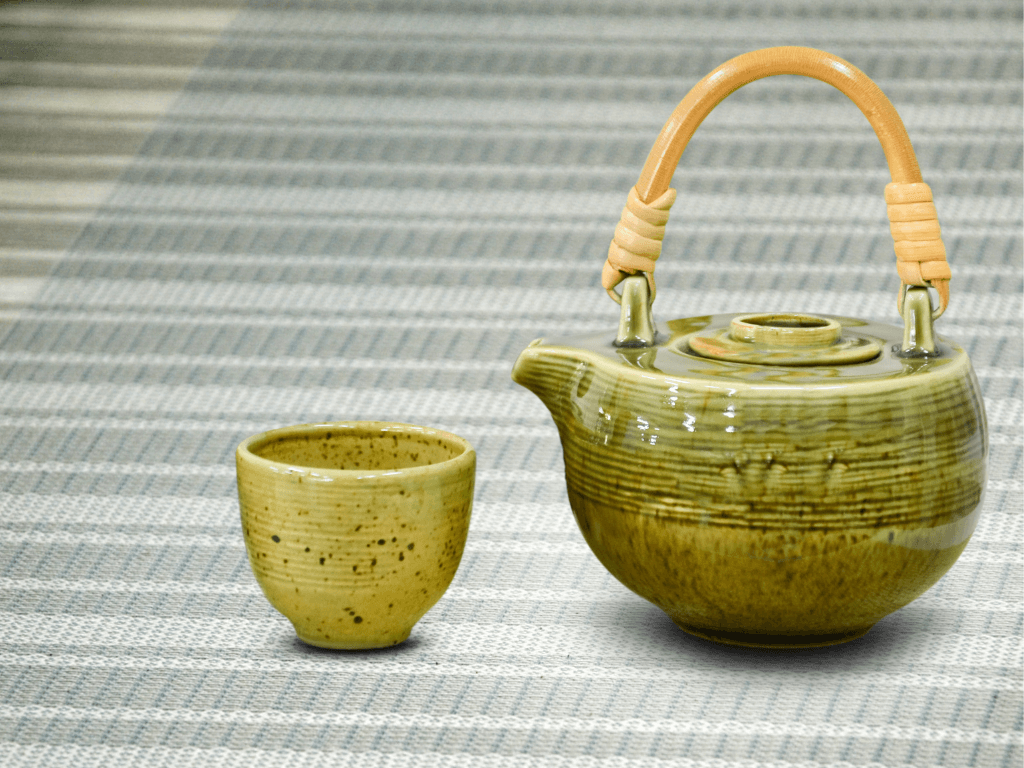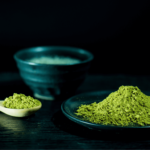History of Green Tea: Origins, Global Spread, and Cultural Impact

Green tea is one of the most popular beverages in the world, appreciated for its distinctive taste, cultural importance, and natural compounds.
But where did it all begin? In this article, we explore the fascinating origins and history of green tea, from ancient legends to its global presence today.
The Origins of Green Tea
The story of green tea begins in ancient China, with the legendary Emperor Shen Nong in 2737 BC.
According to popular folklore, the emperor accidentally discovered tea when a few leaves from a nearby plant fell into a pot of boiling water he was drinking.
He found the resulting drink both refreshing and energizing, and over time, tea became a central part of Chinese culture.
Shen Nong is also credited with developing early guidelines for brewing and drinking tea, practices that would influence generations of tea enthusiasts.
Over time, green tea was embraced not only for its taste but also for its perceived calming and restorative properties.
The Spread of Green Tea
By the 7th century, Buddhist monks had introduced green tea to Japan, where it became deeply intertwined with cultural and spiritual practices.
The Japanese tea ceremony evolved around green tea, especially powdered forms like matcha, and remains an important ritual today.
During the Ming Dynasty, Chinese merchants began trading tea with Europe. The Dutch East India Company played a key role in introducing green tea to Western markets during the 17th century.
As global trade expanded, green tea was exported around the world, quickly gaining popularity for its unique flavor, versatility, and association with wellness.
Today, it is considered the second most consumed beverage in the world, just after water.
A Closer Look at Green Tea’s Natural Compounds
Green tea contains natural plant compounds such as:
Catechins and polyphenols, known for their antioxidant properties
L-theanine, an amino acid appreciated for its calming effects
Moderate caffeine, offering a gentle energy boost
These components have made green tea a beverage of interest in various health and wellness traditions. While more research is ongoing, many people enjoy green tea as part of a balanced lifestyle.
Types of Green Tea
Green tea comes in many varieties, each offering unique flavors, aromas, and cultural backgrounds. Here are some of the most well-known types:
Matcha – A powdered green tea made from shade-grown leaves. It has a deep, earthy taste and is used in traditional Japanese tea ceremonies.
Sencha – Japan’s most common green tea. It is bright, grassy, and slightly sweet or astringent, depending on its processing.
Dragonwell (Longjing) – A Chinese green tea with a nutty, mellow flavor and smooth finish.
Gyokuro – A high-grade Japanese tea with a sweet, umami-rich flavor and deep green color due to shading before harvest.
Gunpowder – A tightly rolled Chinese green tea with a bold, slightly smoky taste that unfolds during brewing.
Each of these teas may require specific water temperatures and steeping times to fully express their flavor profiles.
Conclusion
From its ancient origins in China to its revered place in modern culture, green tea has traveled a remarkable journey across continents and centuries.
Whether enjoyed in a traditional tea ceremony or as a daily ritual, green tea continues to captivate people around the world with its rich flavors, calming qualities, and cultural significance.
Whether you’re new to green tea or a long-time enthusiast, there’s always something new to explore—so why not pour yourself a cup and experience the story behind this timeless beverage?
Disclaimer: This article is for informational purposes only and does not provide medical or nutritional advice.
Leave a Reply



Related Posts